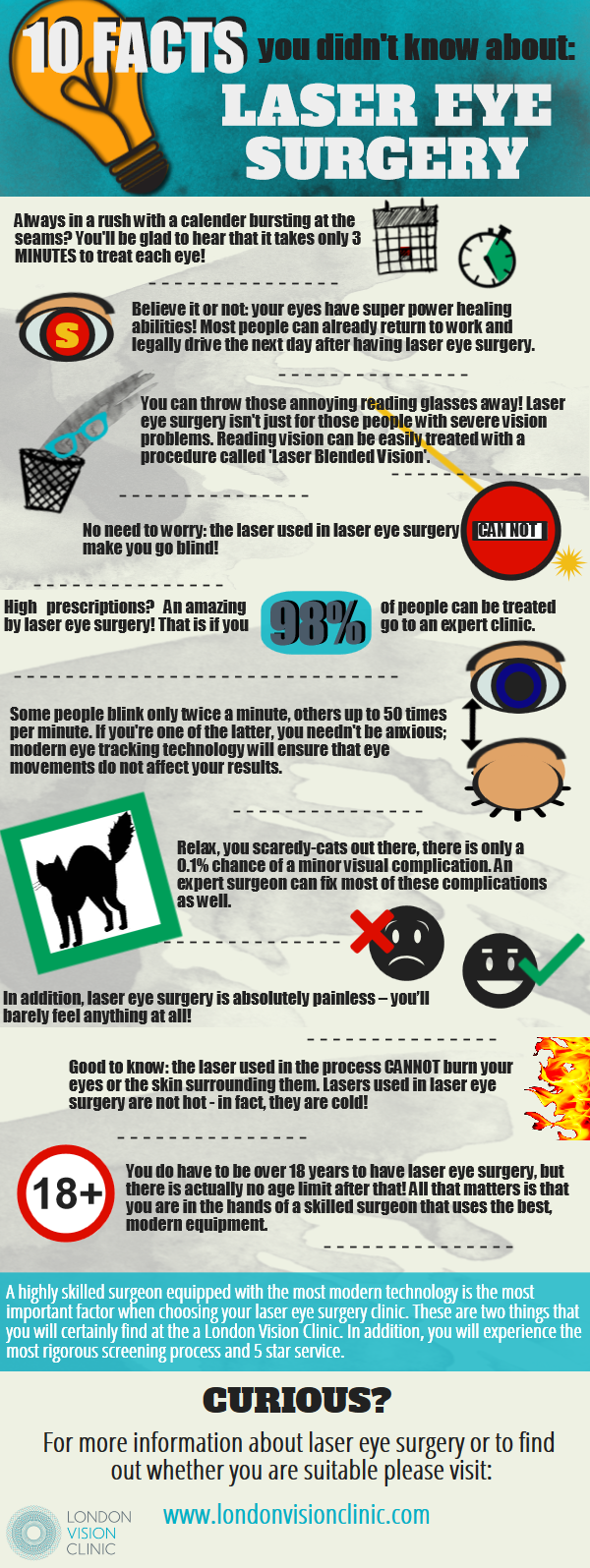The Evolution Of Advanced Cataract Surgical Treatment Techniques: A Thorough Summary
The Evolution Of Advanced Cataract Surgical Treatment Techniques: A Thorough Summary
Blog Article
Content Composed By-Korsgaard Serrano
As you check out the development of innovative cataract surgery strategies, you'll witness a trip noted by resourcefulness and precision. From ancient methodologies that led the way for modern developments to sophisticated technologies that are changing the area, the detailed review of cataract surgical treatment methods is a testament to human progress and dedication to enhancing individual end results. The intricate interplay in between historic methods and futuristic improvements produces a fascinating narrative that clarifies the advancement of one of one of the most common procedures worldwide.
Historic Techniques and Technologies
Explore how early doctors revolutionized cataract treatment by using cutting-edge techniques and devices. In the past, cataract surgical treatment was a high-risk and uncomfortable procedure. Nonetheless, ancient Indian doctors were among the first to try surgical treatments for cataracts, utilizing a method called 'couching' where a sharp instrument was used to press the cataract back into the eye. This approach, though crude by today's criteria, prepared for future advancements in cataract surgery.
As time proceeded, Arab physicians made substantial contributions by establishing specialized needles for cataract extraction. These needles were utilized to penetrate the cataract and afterwards extract it from the eye, noting a significant enhancement in surgical accuracy.
Later on, in cataract surgery double vision , the French cosmetic surgeon Jacques Daviel pioneered the method of extracapsular cataract removal, where the whole lens was eliminated intact via a bigger laceration. This marked a significant improvement in cataract surgery techniques, paving the way for the modern treatments we make use of today.
Modern Surgical Approaches
Early methods in cataract surgery have actually developed significantly, resulting in the development of contemporary surgical approaches that focus on accuracy and boosted person end results. Modern cataract surgical procedure now frequently involves a treatment called phacoemulsification, where an ultrasonic device breaks up the cataract for removal through a tiny incision. This method permits quicker recovery and decreases the risk of issues compared to older methods.
Additionally, the use of innovative intraocular lenses (IOLs) has actually reinvented cataract surgical treatment end results. These lenses can deal with not just the cataract yet likewise other refractive mistakes like astigmatism, decreasing the demand for glasses post-surgery.
Surgeons today likewise have access to sophisticated imaging technologies that help in accurate preoperative planning and intraoperative decision-making. Optical comprehensibility tomography (OCT) and other imaging modalities provide in-depth photos of the eye's frameworks, allowing for an extra individualized method to every patient's surgery. With these advancements, contemporary cataract surgical treatment techniques continue to enhance, providing clients safer procedures and much better aesthetic outcomes.
Emerging Technologies in Cataract Surgical Procedure
With innovations in innovation changing the field, cataract surgical procedure is observing the integration of innovative strategies for boosted individual outcomes. Arising modern technologies in cataract surgery are improving the landscape of ophthalmic treatments. One such improvement is femtosecond laser innovation, which permits accurate corneal cuts, capsulotomies, and lens fragmentation, leading to enhanced surgical precision and results.
In addition, intraoperative aberrometry is obtaining popularity, allowing real-time dimensions of refractive mistakes during surgical procedure to improve intraocular lens power computations and minimize postoperative refractive surprises.
Moreover, using advanced imaging modern technologies like optical coherence tomography (OCT) and intraoperative wavefront aberrometry help cosmetic surgeons in exact medical planning and implementation. These tools give in-depth anatomical information and aid tailor surgical methods for each individual's special eye features.
Additionally, advancements in artificial intelligence are being explored to assist in preoperative preparation, intraoperative decision-making, and postoperative treatment, possibly optimizing surgical outcomes and patient complete satisfaction. Welcoming these arising innovations in cataract surgical treatment holds promise for additional boosting client end results and ensuring the proceeded evolution of ophthalmic surgical methods.
Conclusion
As you trip via the history of cataract surgical treatment, you witness the change from old methods to advanced technologies. Like a phoenix climbing from the ashes, cataract surgical procedure has actually developed into a sign of hope and technology.
Just as a caterpillar emerges from its cocoon as a beautiful butterfly, cataract surgery has actually progressed right into a refined art type, offering clients clearer vision and a brighter future.
The development proceeds, shining a light on unlimited opportunities.
